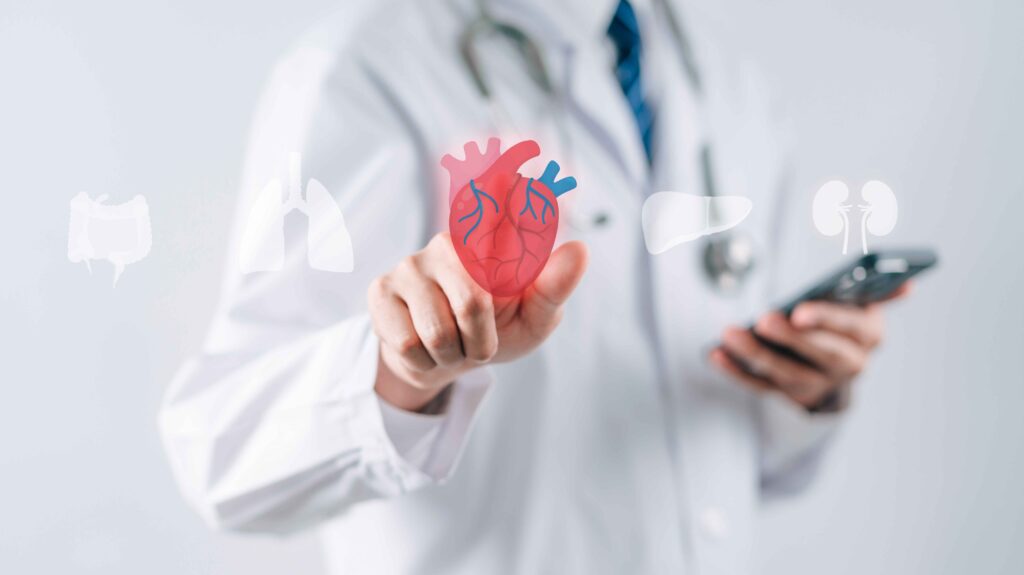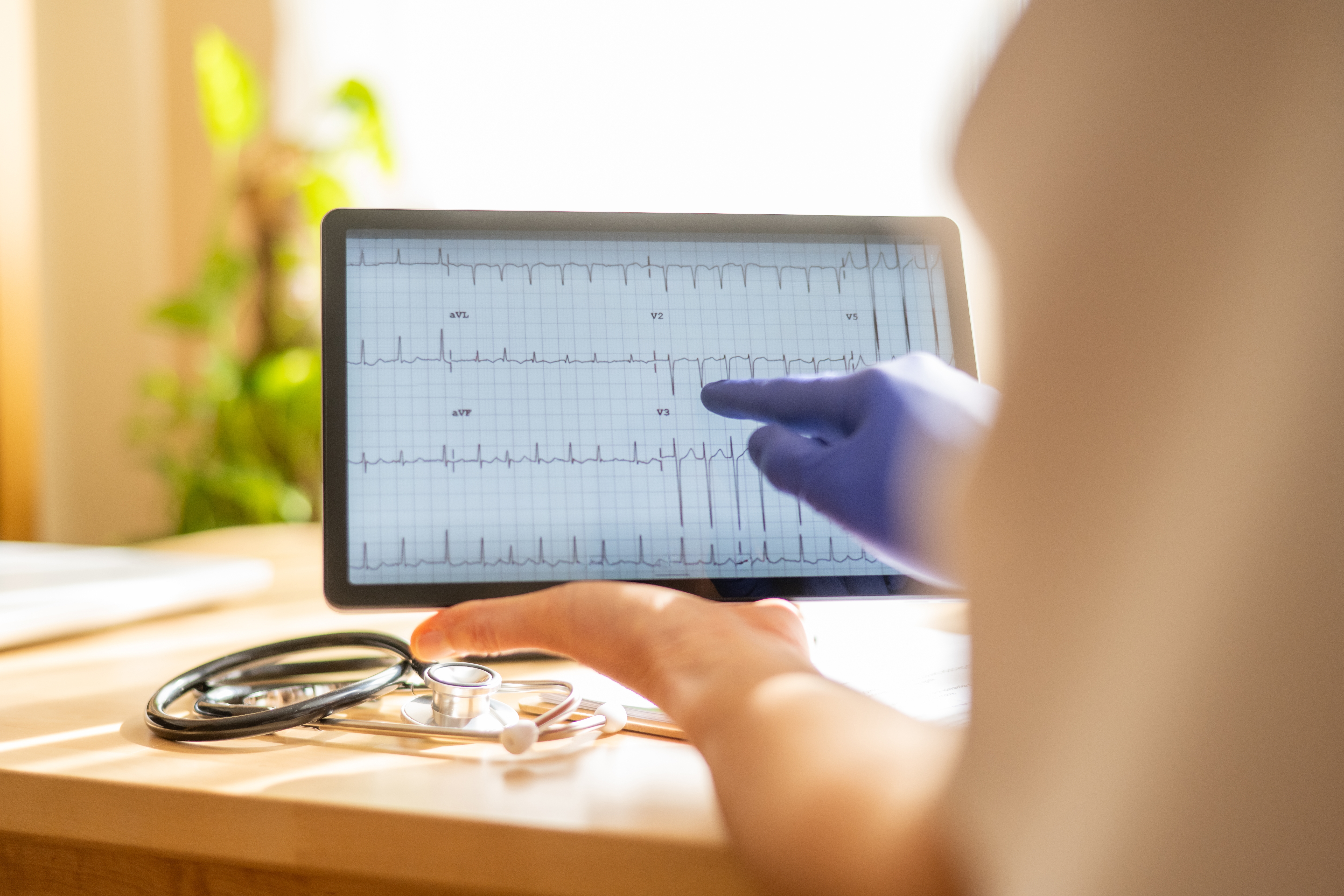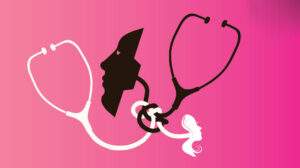Monitoring cardiovascular health has never been more important, especially with the rising prevalence of heart conditions worldwide. In India, where lifestyle changes and genetic predisposition play a significant role in heart health, understanding the most effective ways to track your cardiovascular well-being is crucial. At the center of modern advancements is remote cardiac monitoring, a breakthrough that’s reshaping how patients and doctors stay informed about heart health.
Why Cardiovascular Health Monitoring Matters
Cardiovascular diseases remain one of the leading causes of mortality in India, accounting for nearly 28% of all deaths according to The Lancet. Regular monitoring helps in:
- Early detection of abnormalities before they escalate.
- Preventive care, allowing doctors to adjust treatment plans in time.
- Continuous tracking of high-risk patients to reduce emergencies.
By prioritizing consistent monitoring, patients can take proactive steps toward a healthier heart and a longer life.
From Check-Ups to Continuous Care
Traditionally, cardiovascular health checks involved periodic clinic visits, ECGs, or stress tests. While effective, these methods often provide only a snapshot of your heart’s condition at one moment in time.
In contrast, remote cardiac monitoring offers a continuous flow of real-time data. This is particularly beneficial for patients who:
- Have a history of arrhythmias or heart failure.
- Are recovering from cardiac surgery.
- Require ongoing adjustments to their medication.
By capturing vital data 24/7, remote cardiac monitoring enables healthcare providers in India to make faster, more informed decisions.
How Remote Cardiac Monitoring Works
The technology involves wearable or implantable devices that record heart rhythms, heart rate variability, and other essential metrics. This data is securely transmitted to healthcare professionals for analysis. Some key benefits include:
- Real-time alerts for abnormal readings.
- Better patient compliance, as monitoring becomes part of daily life.
- Reduced hospital visits, saving time and costs for patients.
Hospitals and specialized cardiology centers in India are increasingly adopting these tools to provide better patient outcomes. Brands like Heartnet India play a key role by ensuring the devices are reliable, accurate, and accessible.
The Future of Cardiovascular Disease Monitoring in India
As telemedicine expands, remote cardiac monitoring is set to become a standard component of cardiology treatment in India. AI-driven analytics, integration with electronic medical records, and predictive modeling will allow doctors to detect issues even before symptoms appear.
For patients, this means:
- Greater peace of mind.
- Timely interventions.
- A collaborative approach to long-term heart health.
By merging technology with cardiology expertise, India is stepping into an era where heart care is personalized, preventive, and always connected.
Final Takeaway
The best way to monitor cardiovascular health is a blend of regular medical check-ups, lifestyle management, and advanced solutions like remote cardiac monitoring. This approach ensures that potential issues are spotted early, treatment plans are fine-tuned, and patients remain active participants in their care.
In the evolving landscape of cardiology treatment in India, innovations like these are not just improving health outcomes they are transforming lives.










